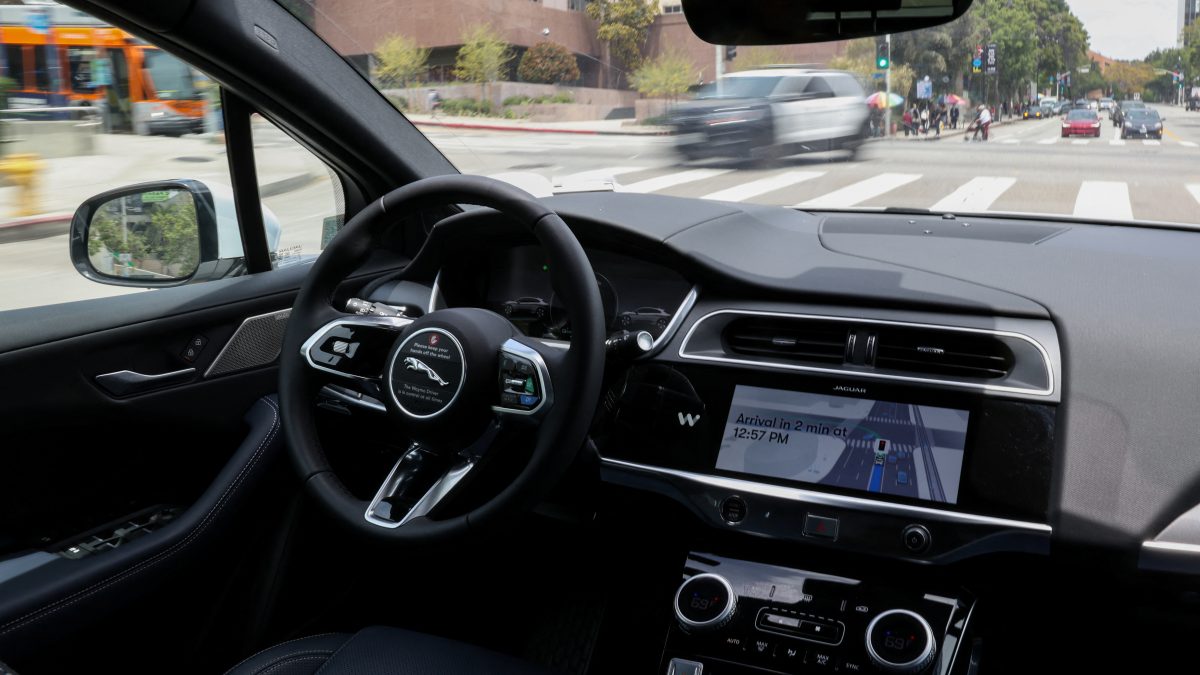American scientists have developed a contact lens that can aid in the early detection of cancer using tears, which could be a turning point in the treatment of the deadly disease. A team of researchers at California’s Terasaki Institute of Biomedical Innovation (TIBI) have developed the novel lens, which is able to capture and detect exosomes. Having the potential of being diagnostic cancer biomarkers, exosomes are the nanometer-sized vesicles found in bodily secretions. Designed with microchambers bound to antibodies, the lens can capture the exosomes found in tears. The official site of TIBI revealed that for detection, this antibody-conjugated signalling microchamber contact lens (ACSM-CL) can be stained with nanoparticle-tagged specific antibodies for selective visualisation. Therefore, this works as a supportive diagnostic tool, which is easy, rapid, sensitive, cost-effective, and non-invasive. Moreover, it offers a potential platform for cancer pre-screening. Now, it is believed that exosomes, which are formed within most cells and secreted into many bodily fluids, can transport different biomolecules between cells. However, the TIBI team has devised this ACSM contact lens to capture exosomes from tears, which is considered an optimum and cleaner source of exosomes than blood, urine, and saliva. TIBI’s Director and CEO Ali Khademhosseini said, “Exosomes are a rich source of markers and biomolecules which can be targeted for several biomedical applications. The methodology that our team has developed greatly facilitates our ability to tap into this source.” Earlier, during an initial validation experiment, researchers tested the ACSM-CL against exosomes secreted into supernatants from ten different tissue and cancer cell lines. In comparison with the negative controls, the ability to detect and capture exosomes was confirmed by the spectroscopic shifts that were observed in all the test samples. In addition, similar results were gained when researchers were testing ACSM-CL against ten different tear samples that were accumulated from volunteers. In the final experiment, exosomes in supernatants were tested against the ACSM-CL, along with different combinations of marker-specific detection antibodies. This was collected from three different cell lines with different surface marker expressions. After this, researchers expected the resultant patterns of detection and non-detection of exosomes from the three different cell lines, therefore confirming the ACSM-CL’s ability to correctly detect and capture the exosomes with different surface markers. Read all the Latest News , Trending News , Cricket News , Bollywood News , India News and Entertainment News here. Follow us on Facebook, Twitter and Instagram.
The new development could bring a revolutionary change in non-invasive detection of cancer
Advertisement
End of Article


)

)
)
)
)
)
)
)
)



